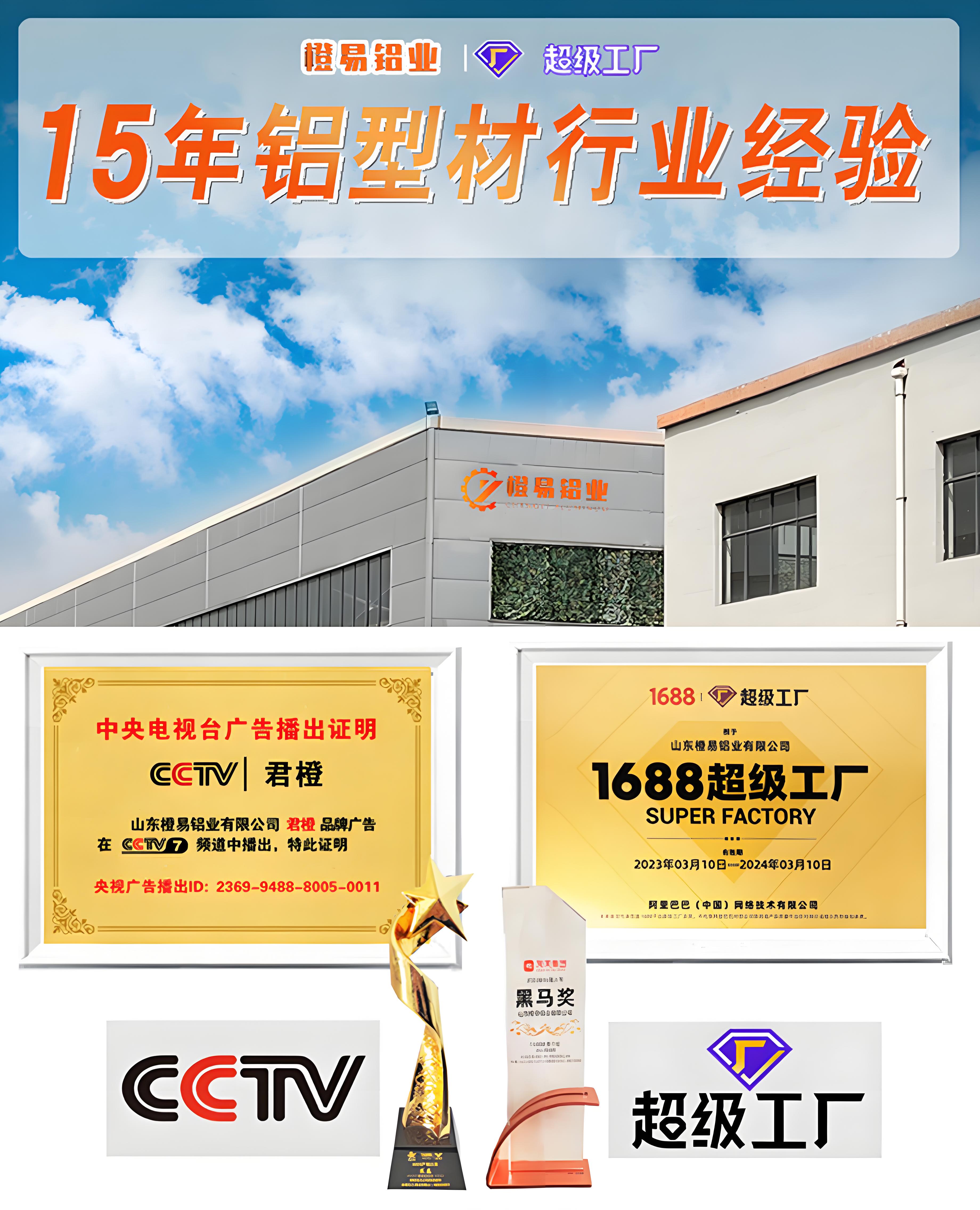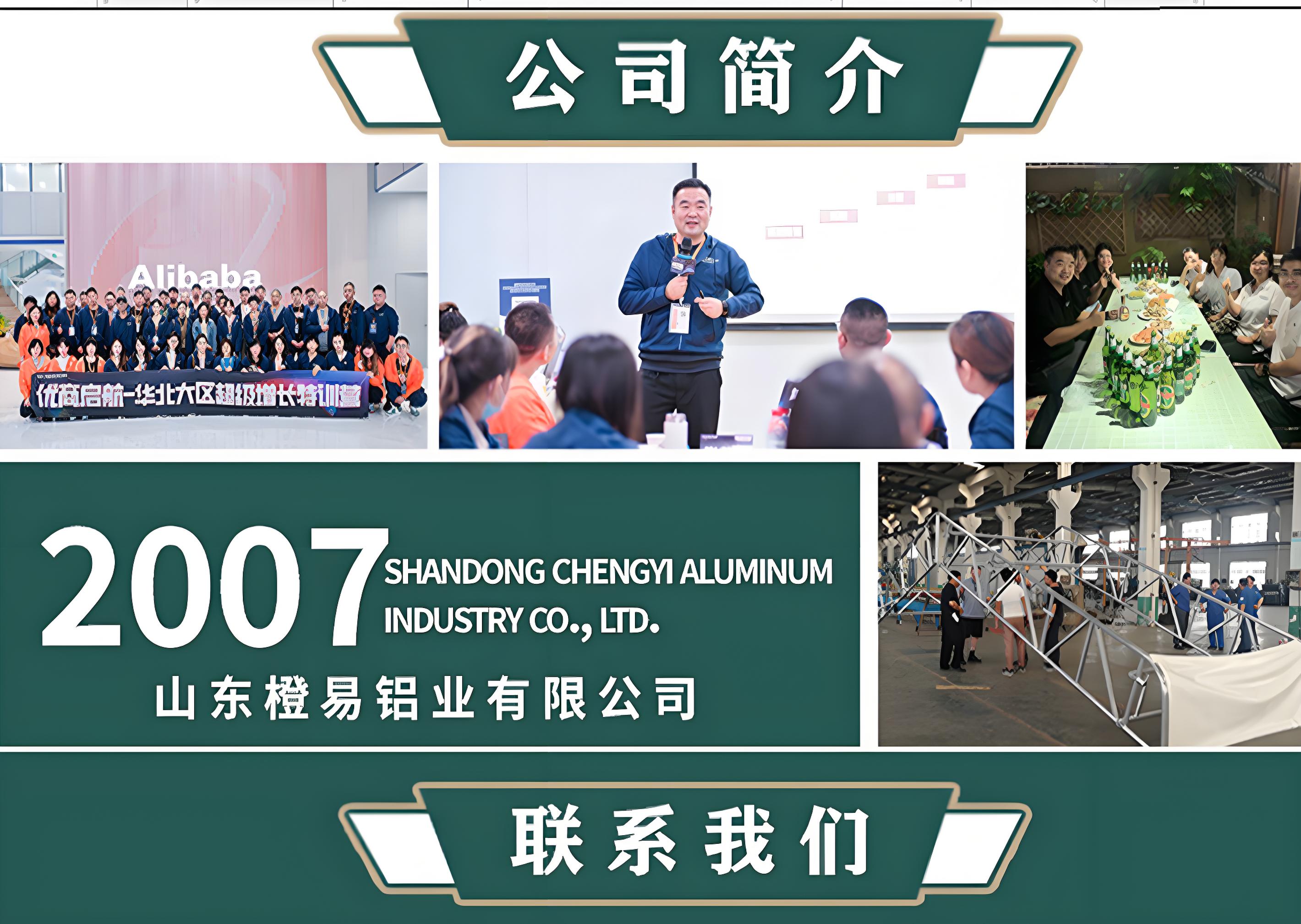7075 aluminum alloy folding trekking poles, professional carbon hiking sticks, outdoor trekking gear.
Keyword:
Category:
Tel:
Phone:
7075 aluminum alloy folding trekking poles, professional carbon hiking sticks, outdoor trekking gear.

Aluminum alloy trekking poles are one of the commonly used equipment for hiking enthusiasts.

1. Material Characteristics
- LightweightCompared to traditional wooden or steel trekking poles, aluminum alloy trekking poles are lighter. This allows hikers to avoid excessive fatigue during long hikes or climbs due to heavy equipment. For example, a standard length aluminum alloy trekking pole may weigh around 200 - 300 grams, while a steel trekking pole of the same length may exceed 500 grams.
- Sturdy and DurableAluminum alloy has high strength and can withstand certain pressures and impacts. During hiking, it can help stabilize the body, share body weight, and is less likely to be damaged when encountering rugged mountain paths or rock collisions.
- Corrosion ResistantIn outdoor environments, trekking poles may come into contact with rainwater, dew, and various chemicals. Aluminum alloy trekking poles have good corrosion resistance, allowing them to maintain their performance and appearance for a long time, extending their service life.
- Telescopic Structure
- Most aluminum alloy trekking poles adopt a telescopic design. This design allows hikers to adjust the length of the trekking pole according to their height, terrain, and usage habits. Generally, the length of the trekking pole can be adjusted between 60 - 135 centimeters. For example, when walking on flat roads, the trekking pole can be shortened for easier carrying and operation; while climbing uphill or downhill, the trekking pole can be lengthened for better support.
- The telescopic structure is usually fixed in length by internal locking devices. Common locking devices include spiral locks and quick locks. Spiral locks secure the sections of the trekking pole by rotation, which is relatively sturdy but slower to adjust; quick locks use buckles or buttons for fast fixing and unlocking, making adjustments convenient and quick, but may be slightly less secure.
- Handle and Wrist Strap Design
- The handle is the part of the trekking pole that hikers grip, and its design directly affects comfort during use. The handle materials of aluminum alloy trekking poles vary, commonly including rubber, cork, and foam. Rubber handles have good anti-slip properties, ensuring that the trekking pole does not slip from the hand even when sweaty or in humid conditions; cork handles are comfortable to the touch and have good moisture absorption, providing a pleasant grip experience; foam handles are softer and can reduce pressure on the hands.
- The wrist strap connects the handle to the main body of the trekking pole, preventing accidental release of the pole. Wrist straps are generally made of nylon or polyester fibers, providing certain elasticity and strength. When using the trekking pole, the correct method is to pass the wrist through the strap, allowing the strap to bear part of the weight, which enhances the support function of the trekking pole.
- Tip and Mud Plate Design
- The tip is the part of the trekking pole that contacts the ground, usually made of hard alloy materials such as tungsten carbide. This material has high hardness and can provide good grip on various complex terrains such as rocks and hard soil. Additionally, the shape of the tip is carefully designed, generally in a sharp conical shape for easier insertion into the ground.
- The mud plate is a disc-shaped component installed above the tip, mainly used for muddy or soft ground. When the trekking pole is inserted into muddy ground, the mud plate can prevent the pole from sinking too deep, ensuring that it can provide stable support. In snowy environments, the mud plate can also increase the contact area to prevent slipping.
- Mountain Hiking
- During hiking, aluminum alloy trekking poles can help hikers maintain balance. When climbing steep slopes, hikers can insert the trekking pole into the ground ahead, using its support to reduce the burden on their legs, making climbing easier. When descending, the trekking pole can be placed behind the body to stabilize and reduce the impact of descent, lowering the risk of slipping and falling.
- Crossing Jungles and Rugged Terrain
- When crossing jungles or rugged terrains filled with rocks and tree roots, aluminum alloy trekking poles can be used to probe the road ahead. For example, using the trekking pole to clear grass to check for hidden pits, snakes, or other dangers; when crossing streams or rocks, the trekking pole can serve as an auxiliary support tool to help hikers maintain balance and pass safely.


Chengyi Aluminum Industry (Shandong) Co., Ltd. is headquartered in Tianjin, with branches in Shandong and Jiangsu. The company mainly produces various high-qualityaluminum profiles, aluminum tubes, aluminum square tubes, aluminum rods, aluminum strips, and aluminum materials for assembly lines.The main grades include 1060, 1100, 3003, 5052, 5083, 6061, 6063, 6082, 6463, 6005, 6005A, 6060, 7075, etc., with a full range of stock available year-round and rapid delivery.
The company integrates design, mold opening, extrusion, processing, and surface treatment, with 19 extrusion machines ranging from 600 to 7500 tons. It also possesses modern welding technology and advanced surface treatment techniques, including hard oxidation, anodizing, three-acid bright silver, sandblasting, acid sand oxidation, alkaline sand oxidation, powder coating, and drawing, responding to the transformation of new and old kinetic energy with customer needs as the direction, specializing in design and processing to achieve a better combination of mechanics and aesthetics.
Chengyi people adhere to the corporate culture of "humility, responsibility, innovation, and integrity," staying true to their duties, integrating knowledge and action, and striving to make aluminum alloy products better!
Related Products

